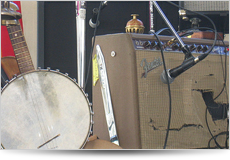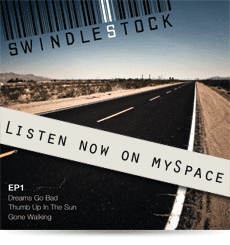
Choosing your axe is never easy, especially if you’re like me and want a banjo that stands out visually as well as audibly. I certainly want my next purchase to be my last for a while, if not for good, as I have been playing for a couple of years and know that this is no longer a fad, and something I want to stick at - I confess, I’m an addicted! So I’m starting to put together wish list of banjos to check out and start saving for, and remembering what my mother taught me about always buying quality, I am already setting my sights quite high.
Currently at the top of my list is the Islander OB Ash Leaf, which I consider to be a work of art. She’s a real beaut, handmade using Ash for the body and Maple for the neck, gives her the persona of a playful brunette, capable of turning any head that catches a glimpse of her in the corner of their eye.









